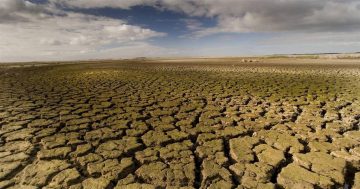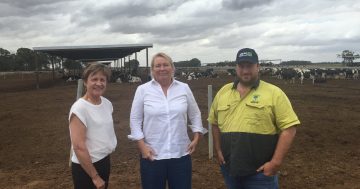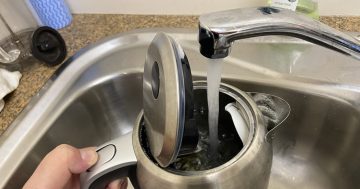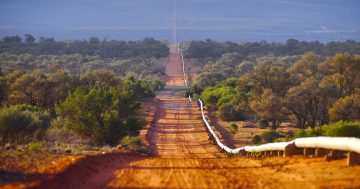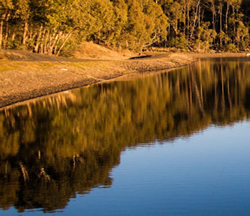 Melbourne’s water storage levels are almost 100 per cent full – the highest level since 1996 – according to the latest water outlook from the city’s water corporations.
Melbourne’s water storage levels are almost 100 per cent full – the highest level since 1996 – according to the latest water outlook from the city’s water corporations.
Melbourne’s Water Outlook 2023, is a collaboration between Melbourne Water, Greater Western Water, South East Water and Yarra Valley Water, which come together to assess current water use and demand, and project any potential impacts to Greater Melbourne’s water supplies for the coming year.
Speaking on behalf of the water corporations, Managing Director at Greater Western Water, Maree Lang said storage levels were over 98 per cent full, up nearly 10 per cent from last year, and were projected to remain high for the year ahead unless dry conditions returned.
“The current high storage levels are due to a combination of high rainfall and inflows into catchments over the last three years, driven by a third straight La Niña year,” Ms Lang said.
“The Bureau of Meteorology outlooks show above-average rainfall and warmer weather is likely for Melbourne over the coming months with a third consecutive La Niña year established.”
She said efficient use of water in homes and businesses together with the Victorian Desalination Project had also helped improve the city’s water security.
Ms Lang said that while water restrictions were not expected for Greater Melbourne over the next 12 months, permanent water savings rules would continue to apply in 2023.
“Even with high storages, Melburnians still need to stay water wise and continue to use water responsibly to secure Greater Melbourne’s future water supplies,” the Managing Director said.
“While our storages continue to remain high, we can’t take water storage levels for granted,” she said.
“The amount of water we have available can vary depending on a range of factors including customer water use, climate conditions and population growth.”
Ms Lang said consistent with the shift to working from home, the Water Outlook showed Melbourne’s residential water use increased from last year’s estimate of 160 litres per person per day, to an average of 164 litres.
She said a new target for residential customers of 150 litres per person per day had been set by the Victorian Government.
“Setting a lower target helps keep our water supplies secure in the face of long-term warming and drying conditions and population growth while ensuring Melburnians are only using what they need,” Ms Lang said.
“By planning now for new water supplies and continuing to strive for efficient water use, we will be better prepared for the future.”
The 19-page Water Outlook can be downloaded at this PS News link.





